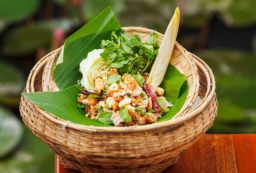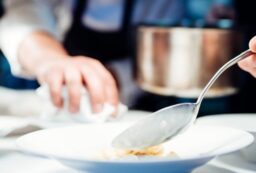
Balancing a finger sandwich in one hand and a cup of the Earl Grey in the other requires the finesse of a prima ballerina. While doing so, proper etiquette is mandatory yet must appear effortless. As these refined ladies nosh and nibble, a piano tinkles in the background while the room hums with genteel chatter over the clink of champagne flutes. From the moment the doorman bids you good day, you are embarking on one of Britain’s most time-hallowed traditions. To take Afternoon Tea in London is a delightful extravagance as you will see as Beau Monde Traveler discovers the most iconic venues in London for Afternoon Tea.

London is a renowned destination of the well-heeled, a city that oozes a spellbinding combination of prestige and history. It has been a natural meeting place of the great and the good down the centuries. It is no surprise that many figures have met over Afternoon Tea and therefore the capital contains a wide selection of hotels for this essential experience. Arguably, the most iconic of all is The Ritz. This Piccadilly venue has played host to some of the most famous faces in history. Winston Churchill, Hollywood royalty and even the Queen and Queen Mother have all been known to take tea at the Ritz. Also, right up there in this stellar category are the Dorchester, Claridge’s and the Savoy, while there are also fine Afternoon Teas to be taken at the Rosewood and St Pancras Renaissance hotels. It is fair to say that London is a tea connoisseurs paradise.
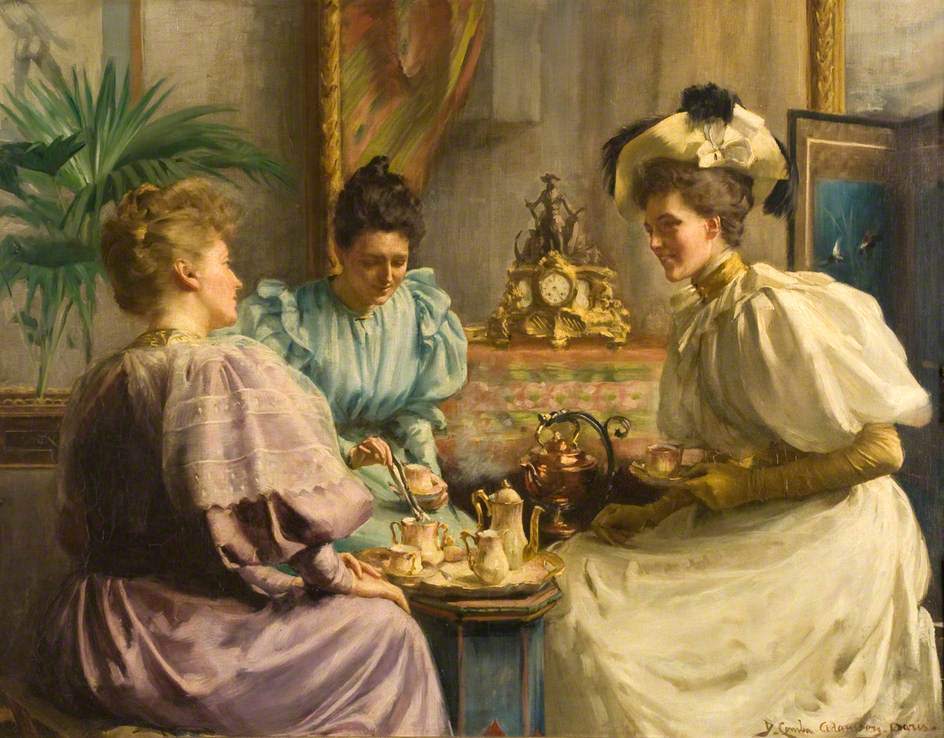
The British love affair with ‘a cup of tea’ is renowned, so much so they built a whole custom around it in the space between lunch and dinner called Afternoon Tea. It was invented by Anna Russell, 7th Duchess of Bedford in 1840 to satisfy her peckishness during the long wait between lunch and dinner. Taking place approximately any time between 3pm and 5pm, it satisfies that gap between dinner time which, as society, began to stretch until late into the evening. Therefore, the genteel tradition of taking afternoon or high tea was adopted by the upper classes and has remained a staple of high society. As Afternoon Tea has evolved it remains a treasured part of our culture – and a perfect excuse to indulge – which is why it marks so many special occasions from Mother’s Day to baby showers, meet ups with girlfriends and more.

Tea has been popular from the height of the British Empire to the present day. Indeed, the tradition of Afternoon Tea would not be complete without this timeless beverage, which is as important if not more so, than the fancy finger sandwiches and jam and scones. This time-honoured tradition is popular across the UK but best observed in the finest hotels in London with special ceremony. Granted a Royal Charter by Queen Elizabeth I in 1600, the East India Company was founded to explore the mysteries of the East, returning with gifts of exotic goods, spices, fabrics – and, of course, tea. Whilst the custom of drinking tea dates to the third millennium BC in China and was popularised in England during the 1660s by King Charles II and his wife the Portuguese Infanta Catherine de Braganza, it was not until the mid-19th century that the concept of ‘Afternoon Tea’ first appeared.
The Savoy

The Savoy’s world-famous afternoon tea can be enjoyed in the Thames Foyer in the heart of the famous hotel. An overarching glass dome floods the room with natural light, while the restaurant hums with genteel chatter, melodious piano, and the delicate sound of silver on bone china. Guests can choose from a range of teas served with finger sandwiches, homemade scones with clotted cream and jam and a mouth-watering selection of seasonal cakes and sweet delights prepared by The Savoy’s executive pastry chef, Daniel Pearse. This banquet is served on tiered cake stands.

Pearse’s menu also offers a range of delicate and imaginative pastries and home-made cakes. Vegan and Vegetarian alternatives are also on offer, and the piece de resistance is a glass of Louis Roederer Brut Premier or Deutz Rosé to add extra sparkle to the occasion. Afternoon Tea at The Savoy has been a feature of the hotel since it opened in 1889 and was all the rage in the roaring twenties. Over a hundred years later the iconic Savoy Afternoon Tea has become the iconic symbol of wealth and luxury. Today, children are invited to sample The Tiger Who Came to Tea at The Savoy, a themed menu created to celebrate the 50th anniversary of the late Judith Kerr’s imaginative story.
"Daintily balancing a finger sandwich in one hand and a cup of the finest Earl Grey blend in the other as your pinkie extends out is akin to a ballet dance at the Royal Opera House."
Claridge’s
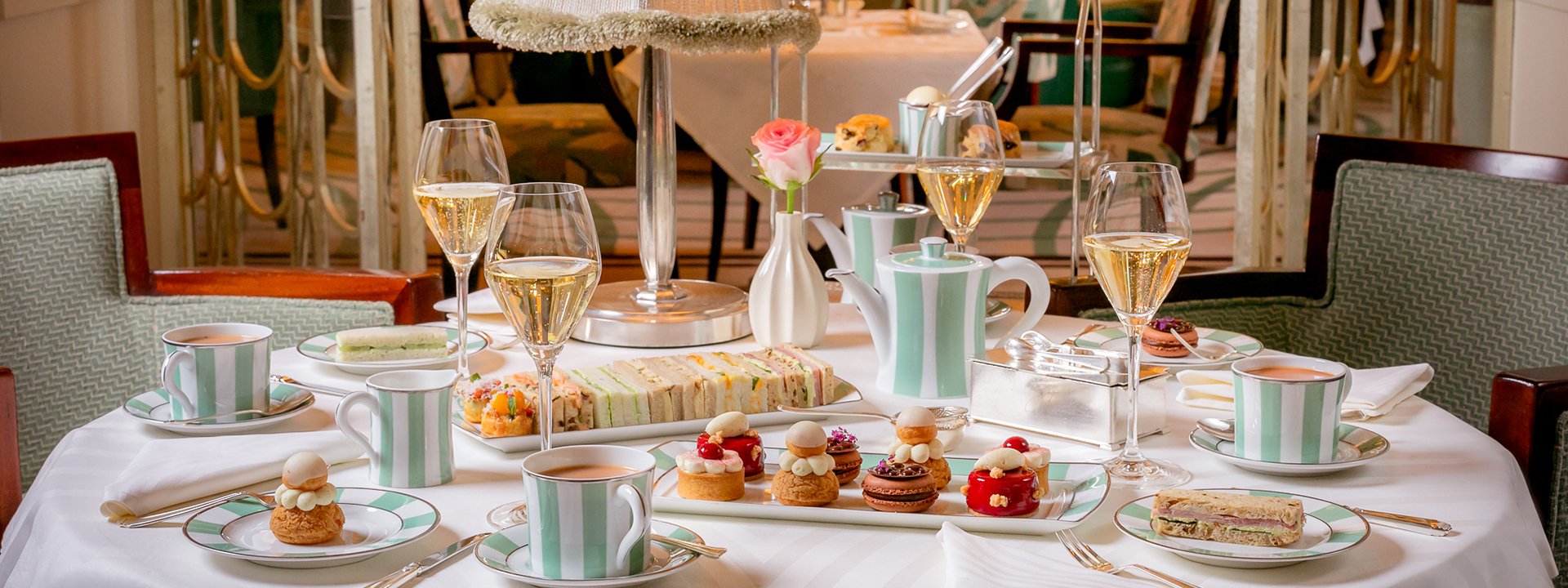
Claridge’s presents an elegant British ceremony, which is served in the splendour of Thierry Despont’s Foyer & Reading room, inspired by the 1930s heydey of Art Deco. Claridge’s has perfected the art of afternoon tea for 150 years and guests here can enjoy warm scones and sweet pastries filled with the fruits of the season lovingly prepared by Jérôme Chaucesse, Meilleur Ouvrier de France 2015, while a flourish of finger sandwiches and savouries designed by executive chef Martyn Nail with delights such as poached Scottish salmon sandwiches.
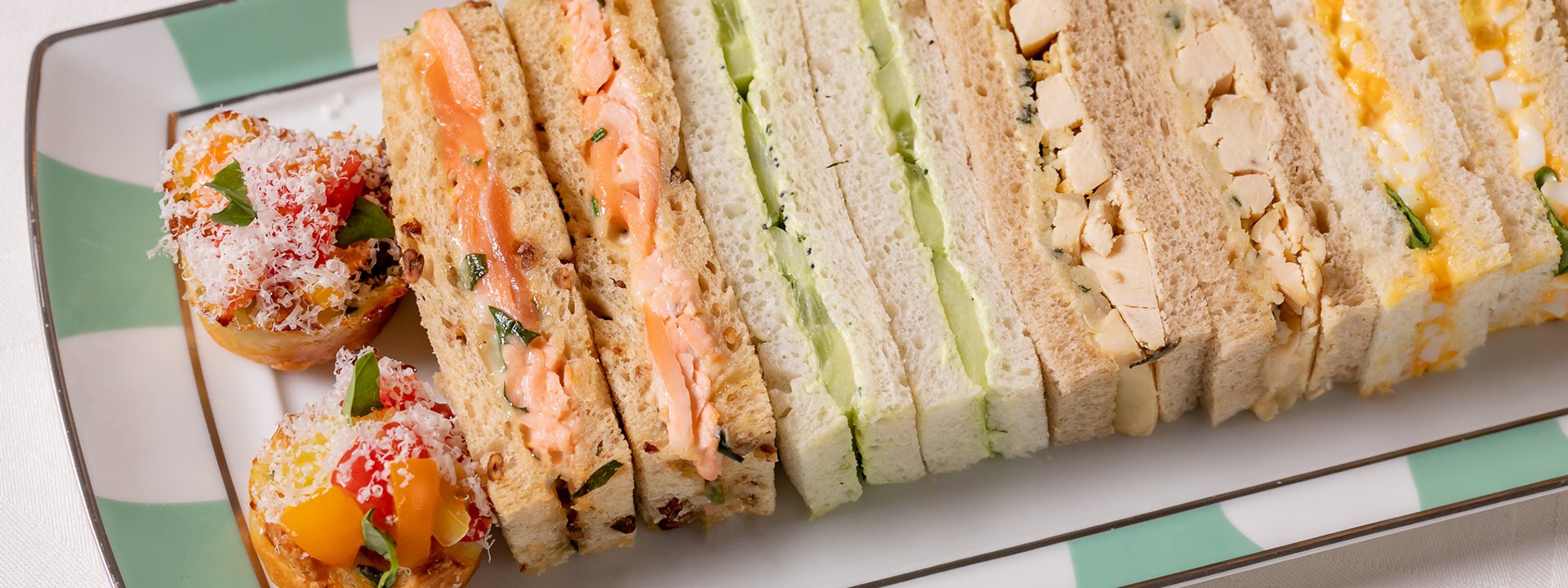
The Claridge’s scone recipe is a timeless classic, carefully refined over generations. Served freshly baked and warm, there are plain and raisin varieties accompanied by Rodda’s Cornish clotted cream and a specially made Marco Polo gelé. At the heart of the experience is the drink itself. From a rich Oolong to the refreshingly complex Claridge’s blend, you will find teas that complement your food, perfectly served by tea connoisseur Henrietta Lovell. Among the highlights of her menu are a White Silver Tip from the mountains of Fujian in far eastern China and Earl Grey from Tregothnan, a walled tea garden in Cornwall that has been producing beautiful teas since the 14th century. All this is served from a specially designed stand and on the very finest bone china and silverware, both made to a unique Claridge’s design.
The Ritz
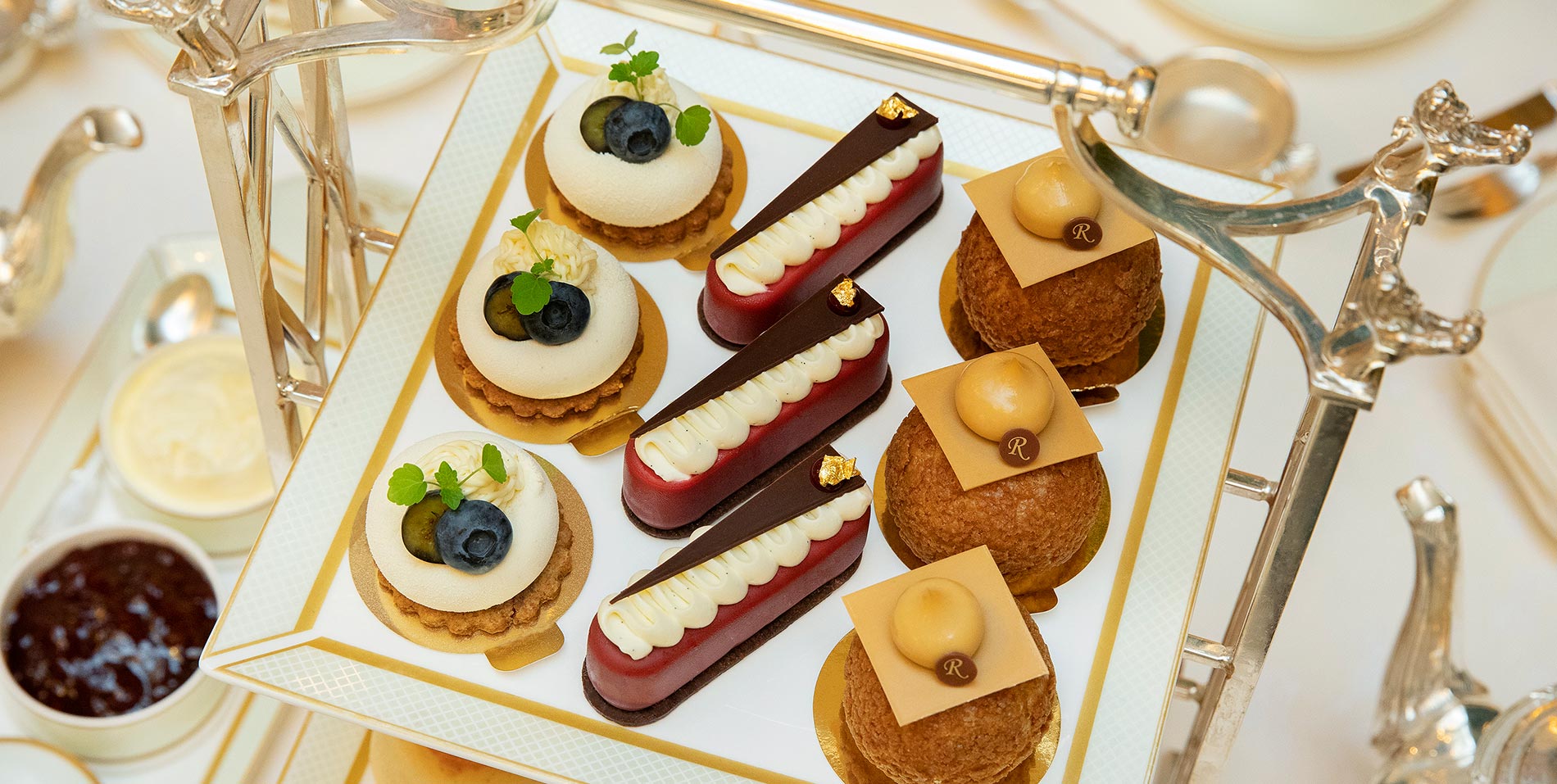
Afternoon Tea at the Ritz in Mayfair is a sophisticated British tradition which should be savoured at least once in your life. A proud member of the Tea Council’s esteemed Tea Guild, the establishment serves the beverage in the impressive Palm Court. This is the job of the certified tea sommelier, who selects up to 18 different types of leaves alongside mouth-watering sandwiches, freshly baked jam and clotted cream scones, and a choice of dainty pastries. To savour the occasion, indulge in a glass of champagne as you listen to the gentle notes of the resident pianist and harpist.
Start slowly with the dainty finger sandwiches, then sink your teeth into the mouth-watering scones and jam. The Ritz has been a favourite haunt of the rich and famous since it first opened in 1906. It was here Churchill met Eisenhower and Charles de Gaulle during the Second World War, the Queen Mother regularly dined at the hotel and Jackie Onassis described it as “like paradise”. In the 1920s, the Ritz was the first hotel to allow young unmarried women to go unchaperoned. They met their suitors surrounded by glittering chandeliers, marble floors, mirrored walls, nymphs, magnificent flower displays and palm trees, all adding to the experience of “tea-taking”.
St. Pancras Station- Renaissance Hotel
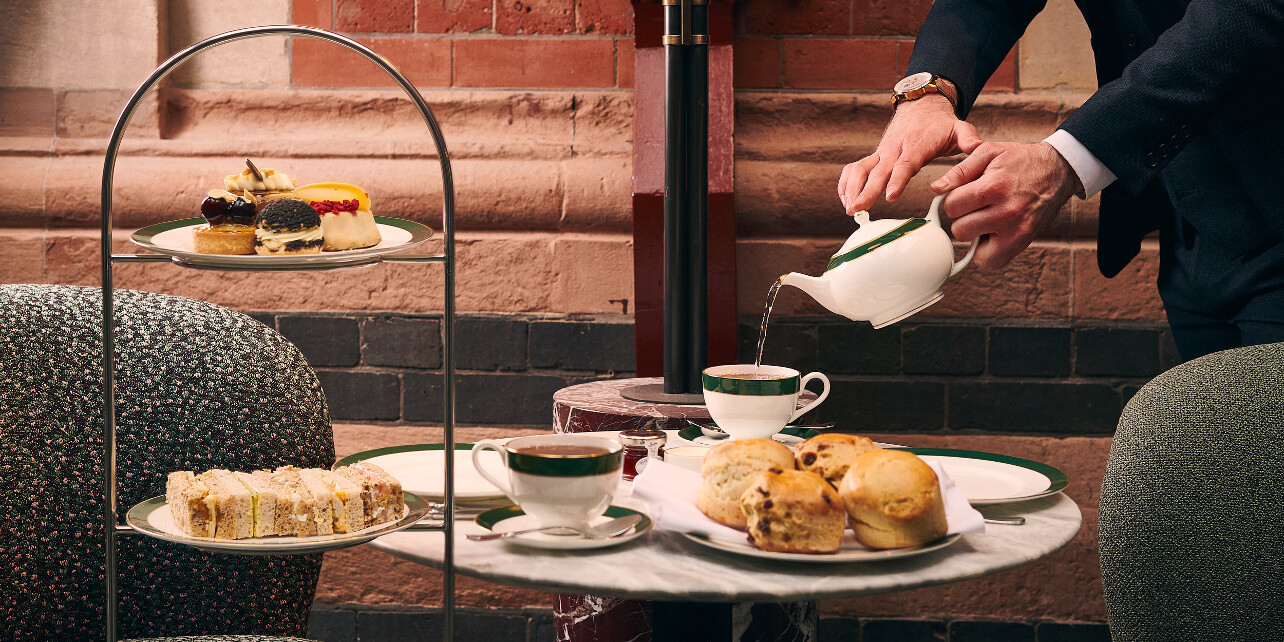
Grand railway arches beyond the lover’s statue at St Pancras station give way to a British and timelessly elegant space at the five-star Renaissance Hotel where Afternoon Tea is gracefully served. The hotel itself is a Victorian Gothic masterpiece designed by Sir George Gilbert Scott and opened its doors in 1873. The hotel’s Hansom lounge sweeps guests away with romance as they sit beneath the beautiful light blue ironwork rafters and glass roof between the redbrick walls. The open-air space is filled with a refined air as guests are seated on expensive olive-green couches while the décor is splashed with creams and browns. All around are fine chessboards and trolleys piled high with decadent desserts. Savour such delicacies while learning about the stories of how King’s Cross became the trade hub in a Victorian city powered by coal.
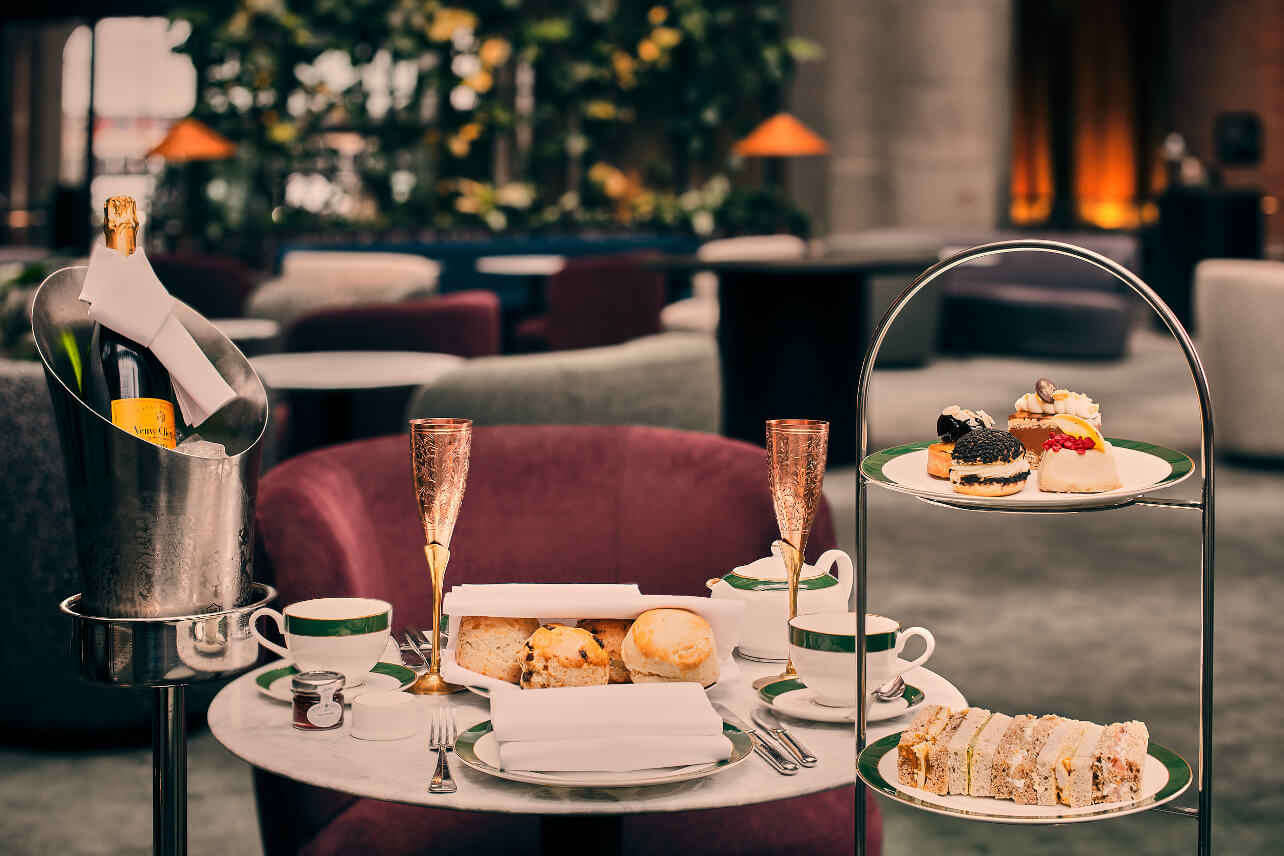
In 1874 the first Pullman train in the UK operated on the Midland Railway, bringing in groups of wealthy travellers on mystery tours to the capital. These days, passengers can enjoy a decadent Afternoon Tea with sweet options paired with traditional savouries, served with a wide tea selection or, for the High Tea, a Perrier Jouët champagne. The feast features a delicious array of sweets, including the likes of Oreo “coal yard” choux, the banana “stall” cake, malted milk and white chocolate “shed”, and cherry and almond “butterley” Bakewell tart. All sweet options are paired with traditional savoury sandwiches and served with a wide tea selection from Earl Grey to Darjeeling.
"The British love affair with ‘a cup of tea’ is renowned, so much so they built a whole custom around it in the space between lunch and dinner called Afternoon Tea."
The Dorchester
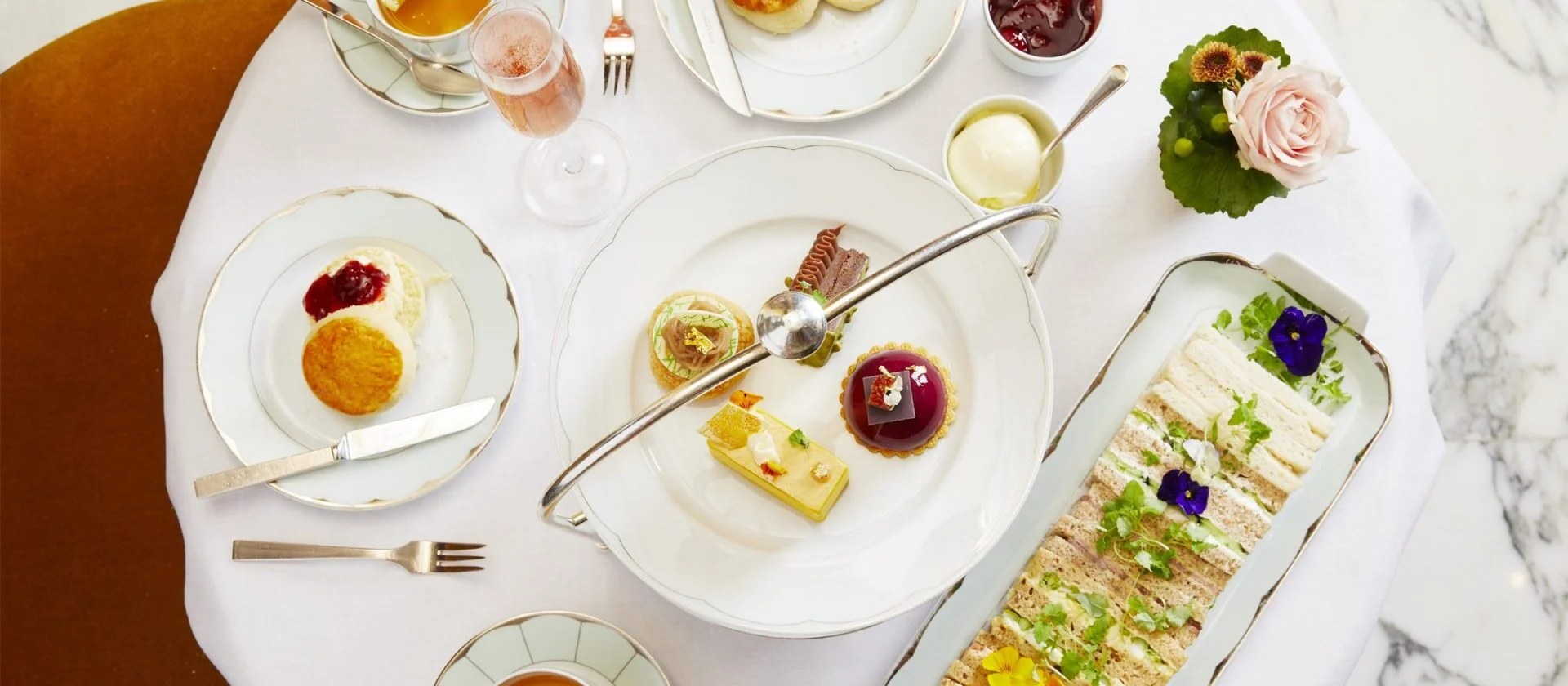
Afternoon tea at Park Lane’s premiere establishment is served in the Promenade, where diners are surrounded by towering flower arrangements of The Dorchester Rose and treated to a selection of classic cakes and sandwiches, washed down with The Dorchester’s own blend of tea. Surrounded by luxury, tradition, and delicious cakes, is the true definition of a day in London spent well. The Dorchester Afternoon Tea consists of free-range egg and cheddar sandwiches, Angus Pastrami, Hertfordshire watercress, smoked salmon with wasabi and avocado mayonnaise among others.
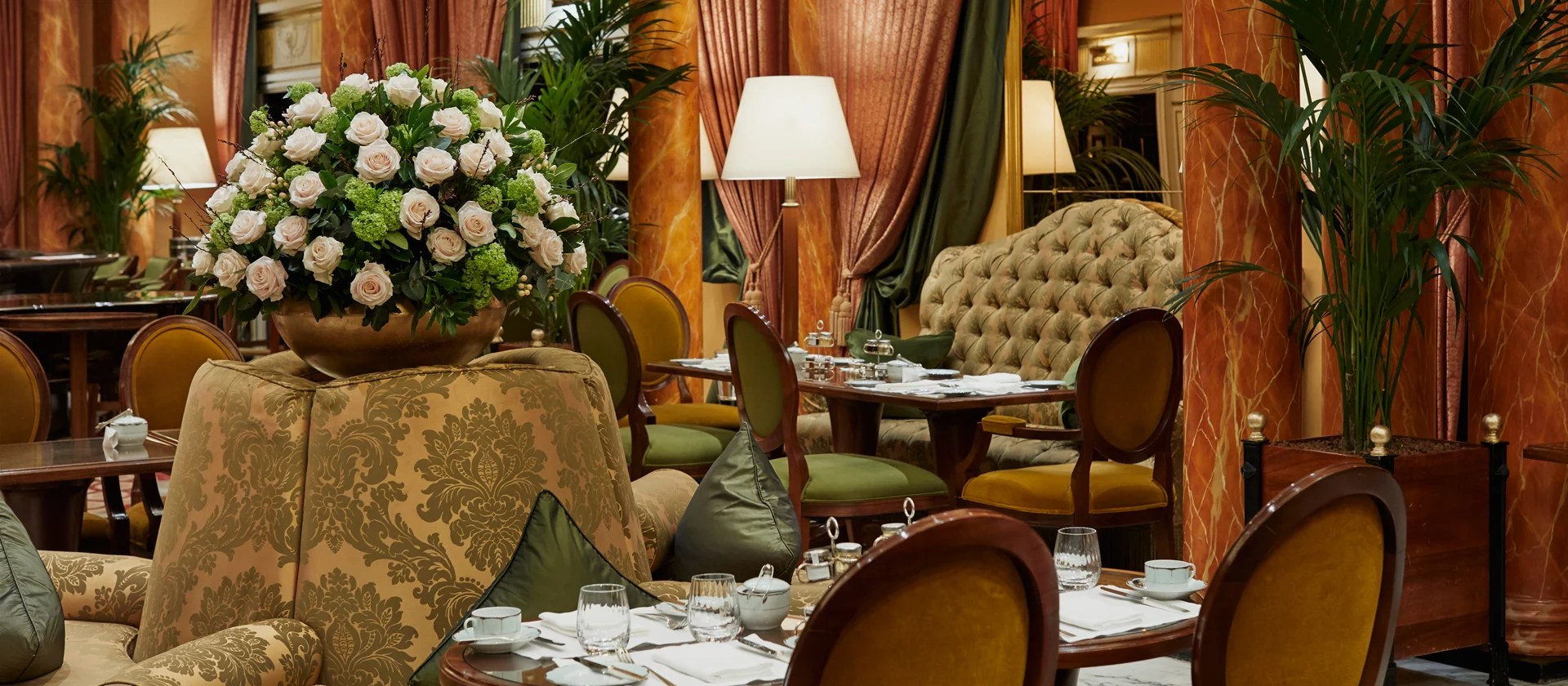
There is a seasonal pre-dessert from the pastry chef and warm raisin and plain scones from the bakery, served with homemade strawberry jam and clotted cream. Pastries include the pistachio slice and peach, vanilla and chocolate Raspberry and rose Light crème fraîche and rose mousse with textures of raspberries and almond sablé Brillat-Savarin and rhubarb, as well as baked cheesecake, rhubarb compote and thyme Lemon choux Lemon curd, Italian meringue and sugar dough. Guests will also enjoy a choice of our specially selected grand and rare teas.
The Rosewood London
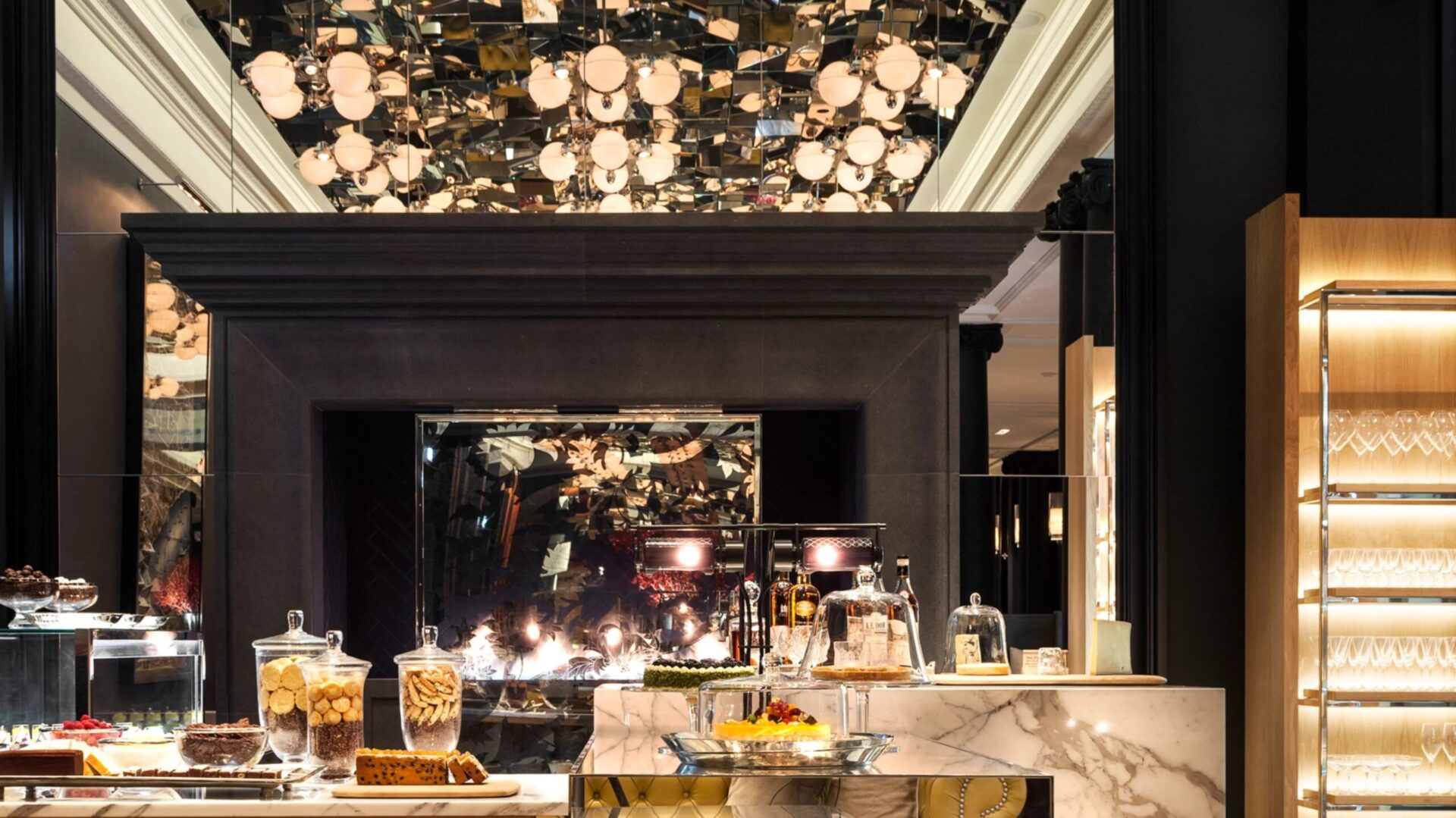
Inspired by the latest exhibition at Tate Britain, Rosewood London has launched a brand-new art afternoon tea, reflecting on over two thousand Vincent Van Gogh works. Served in the Mirror room at the Rosewood, a beautiful hotel in Holborn the venue is as impressive as the afternoon tea itself. Executive Pastry Chef Mark Perkins combines classic Dutch flavours with French party and patisserie style to embody the post-impressionist painter’s life and travels. Guests can enjoy a selection of finger sandwiches, freshly baked scones and loose-leaf tea, followed by three show-stopping desserts based on the three masterpieces sunflowers, the starry night and almond blossoms.
Winning awards for its contemporary offerings in the Afternoon Tea Awards, Perkins has built a portfolio of show-stopping Art Afternoon Teas – including the most recent popular Cubism and Pop Art-themed version. The Van Gogh Art Afternoon Tea has three courses including traditional sandwiches, classic pastries, followed by Van Gogh inspired cakes. The classic pastries have been inspired by the Netherlands, Van Gogh’s hometown, and Paris, his residence in later years. The sweet delights are both aesthetically pleasing to represent still life painting drawings and taste authentically Dutch.
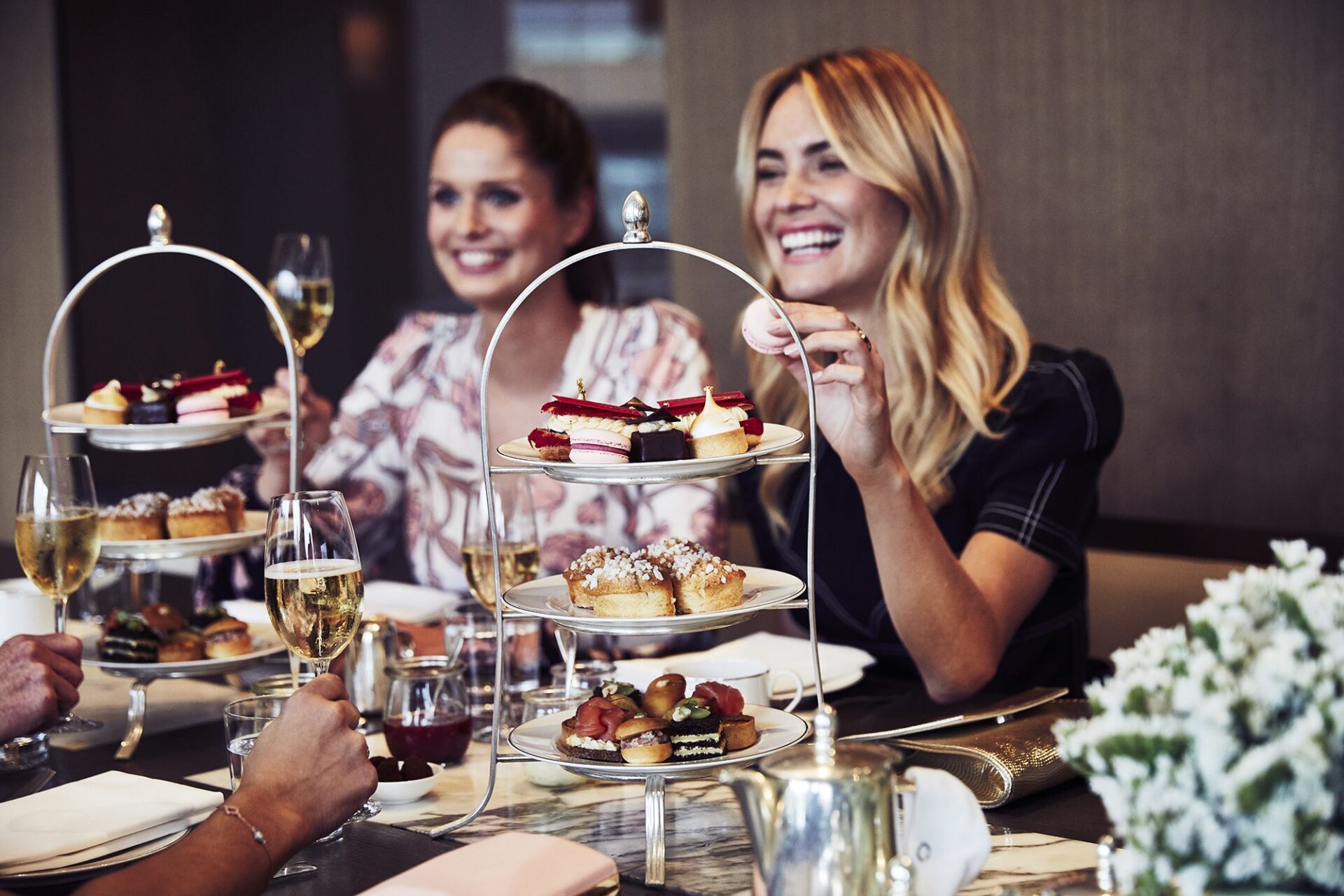
For an unforgettable Afternoon Tea look no further than the English capital. Savour the quintessential Britishness of the occasion as you unwind and take tea in some of London’s most iconic hotels. As the tea leaves settle in the bottom of the china cup, you will have travelled around the world tasting wonderful creations from the master tea connoisseurs. Taking tea in the city allows one to have incredible experiences and while it is a very English pastime, the world is on your plate, and London the perfect place to start. Go and discover for yourself.







